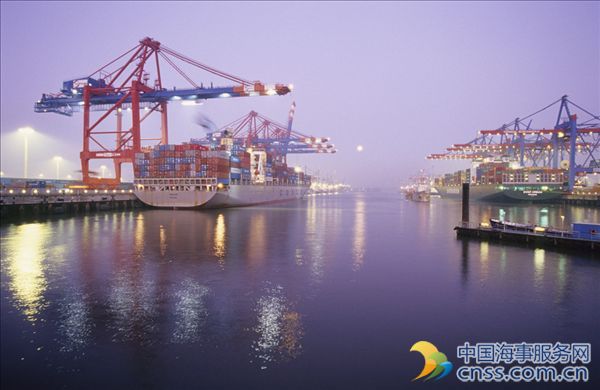Precious Shipping to sell Supramaxes, acquire Ultramaxes in 2-5 years

Thai dry bulk shipowner-cum-operator Precious Shipping plans to sell its Supramaxes and replace them with bigger Ultramax ships, Managing Director Khalid M. Hashim said Wednesday on the sidelines of the Marine Money Asia conference in Singapore.
“In the next 2-5 years whenever the shipping cycle goes up and returns are good, we will sell the Supramaxes and replace them with more Ultramaxes,” Hashim said. The company currently controls around nine Supramaxes.
This assumes significance because the company has canceled orders for new Ultramaxes due to inordinate delays in construction and delivery by a Chinese shipyard.
Precious also planned to sell for scrap one or two more Handymaxes in the next few months, Hashim said.
Explaining the rationale behind plans to rejig its fleet, Hashim said: “Ultramaxes can carry around 15-20% more volume than Supramaxes while they are also fuel efficient, consuming up to 20% less bunker oil.” Precious has Supramaxes in the 53,000-57,000 dwt range while Ultramaxes are of up to 64,000 dwt.
With infrastructure upgrade as ports across the world get bigger and deeper, Ultramaxes were the ships of the future, Hashim said.
There are already six Ultramaxes in the Precious Shipping fleet including two that were delivered earlier this year and two last year, he said.
One each is lined up for delivery next month, in January next year and in early 2018, he added.
After selling off the Supramaxes — all of which were built between 2010 and 2013 — the company plans to buy more Ultramaxes from the second-hand market, Hashim said, adding that there were no plans to venture into the Capesize market.
A five year-old dry bulk carrier was almost 50% cheaper than a new ship, he said.
According to industry estimates, five-year-old Handysize ships are quoted at around $11 million, compared with close to $20 million for a newbuild.
In the last 12 months, Precious has also canceled close to a dozen new building contracts for Ultramaxes with China’s Sainty Marine Corp. because the shipyard did not deliver the vessels within the contracted time frame and in compliance with the technical specifications, Hashim said.
Last month, Precious Shipping also sold two of its 1997-built handysize ships.
“We are getting rid of our smaller and older ships,” Hashim said. The company now has only two pre-2000 built handysize ships in its fleet.
Apart from Ultramaxes, Precious will also retain its relatively bigger handysize ships mostly in the 34,000-38,000 dwt range, he said.
YOUNGER FLEET, MORE TIME CHARTER LEASES
Disposing off the older ships has ensured that the average age of the company’s fleet has come down to 7.5 years from 21 years in 2008, he said.
Having a younger fleet makes it easier for owners to lease their ships on long-term time charter because charterers prefer to hire younger ships for a longer duration.
Hashim said currently close to 20% of the company’s fleet was hired out on long-term time charters running into several years.
As it weeds out older ships and buys younger ones, it is aiming to increase the share of long-term time charter in its fleet to more than 70%, he said. Its fleet is used to move grains, coal and minerals among other commodities.
He said the time was not opportune for dry bulk operators to venture into LNG bunkering.
“Dry bulk shipping industry is struggling for survival and LNG bunkering can be considered 1.5-2 years later when there is an improvement in freight rates,” he said.
Until then the freight rates were likely to remain volatile, he said. There have been some increase in rates recently, driven primarily by gains in the Capesize segment, he added.
Freight rates may rise in in the medium term if China’s proposal for a Maritime Silk Road to boost shipping traffic between South China Sea, South Pacific Ocean and Indian Ocean was implemented, he said.
Source: Platts
HEADLINES
- Do shipping markets want Biden or Trump for the win?
- All 18 crew safe after fire on Japanese-owned tanker off Singapore
- Singapore launching $44m co-investment initiative for maritime tech start-ups
- Cosco debuts Global Shipping Industry Chain Cooperation Initiative
- US warns of more shipping sanctions
- China continues seaport consolidation as Dalian offer goes unconditional